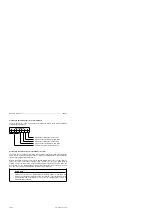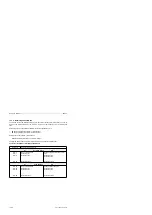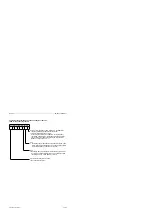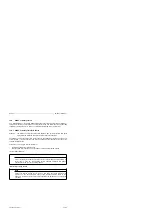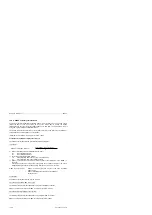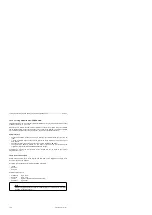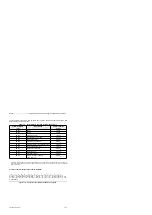
S5-95F
S5-95F on SINEC L1
13.4.3 Load Placed on the System by the SINEC L1 Channel
PLC Onload Due to Traffic on the SINEC L1 Channel
Traffic on the SINEC L1 channel increases the load on the PLC cycle. The load caused by SINEC
L1 traffic
•
Increases in proportion to the number of frames and the frame lengths
•
Is twice as high when a double bus is used
The load is due to frame backup (0.15 ms per byte), in addition to the base load (0.1 ms per byte).
It amounts to approx. 0.25 ms per SINEC L1 channel for each failsafe data byte transmitted and
approx. 0.1 ms for each nonfailsafe data byte.
The relative system onload caused by traffic on the SINEC L1 channel is
•
Max. 20% for a single SINEC L1 bus
•
Max. 30% for a double SINEC L1 bus (see section 7.4.2)
Minimizing the Relative System Onload
The statements made above apply when the user program utilizes to the full the transfer options
provided by the SINEC L1 bus. In most cases, this is not necessary.
You can reduce the relative system onload caused by traffic over the SINEC L1 channel by doing
the following:
•
Select the longest time period permitted by the process as SINEC L1 safety time for Send.
•
When the user program is transmitting
and last sent a long frame, send a short blank frame, but
wait one SEND safety-time period.
Reason: In order to prevent frame loss, the operating system sends another frame with the
same contents within the safety time period as long as there is no further frame that needs to
be transmitted. The test frames which then follow the blank frame "switch" bus traffic to
minimum load until the next long user frame is ready to be sent.
TIP:
Keep frames as short as possible. If you can, you should edit and optimize the data to be
transmitted (data compression), even when this increases program runtimes.
EWA 4NEB 812 6210-02
13-29


